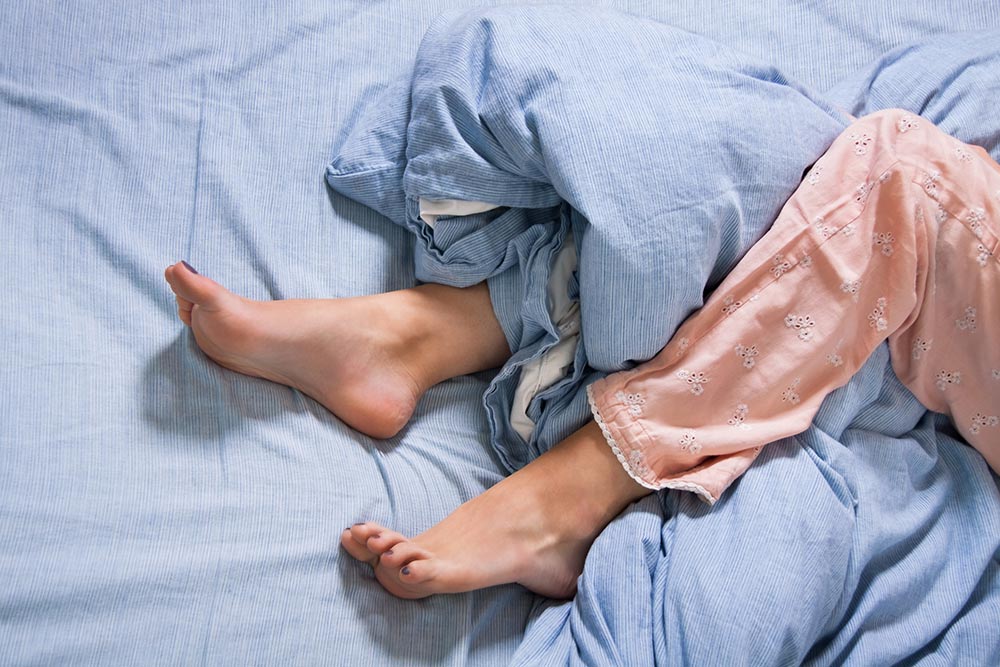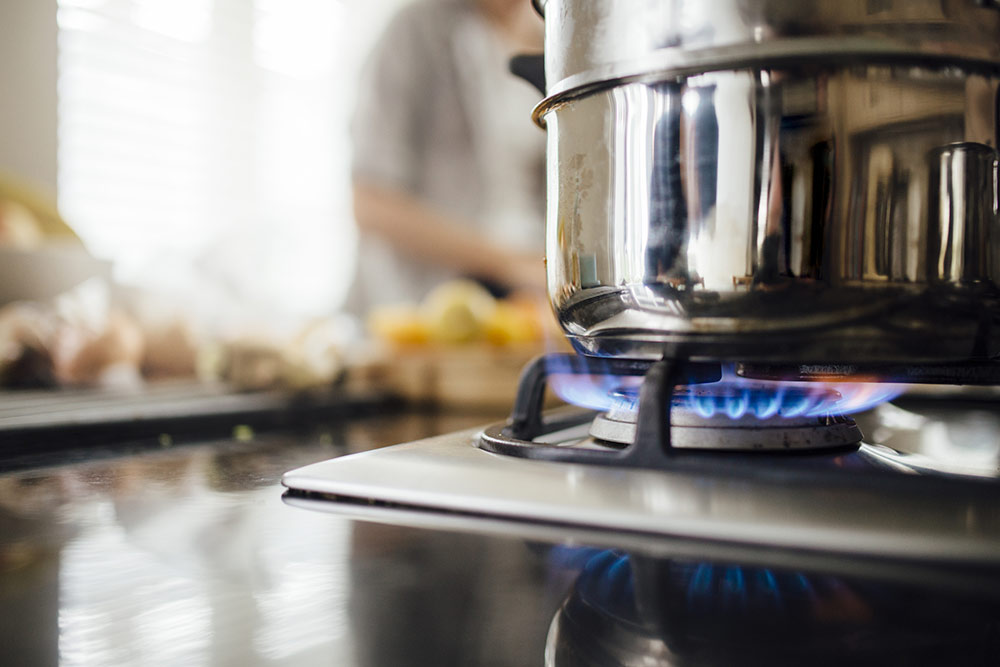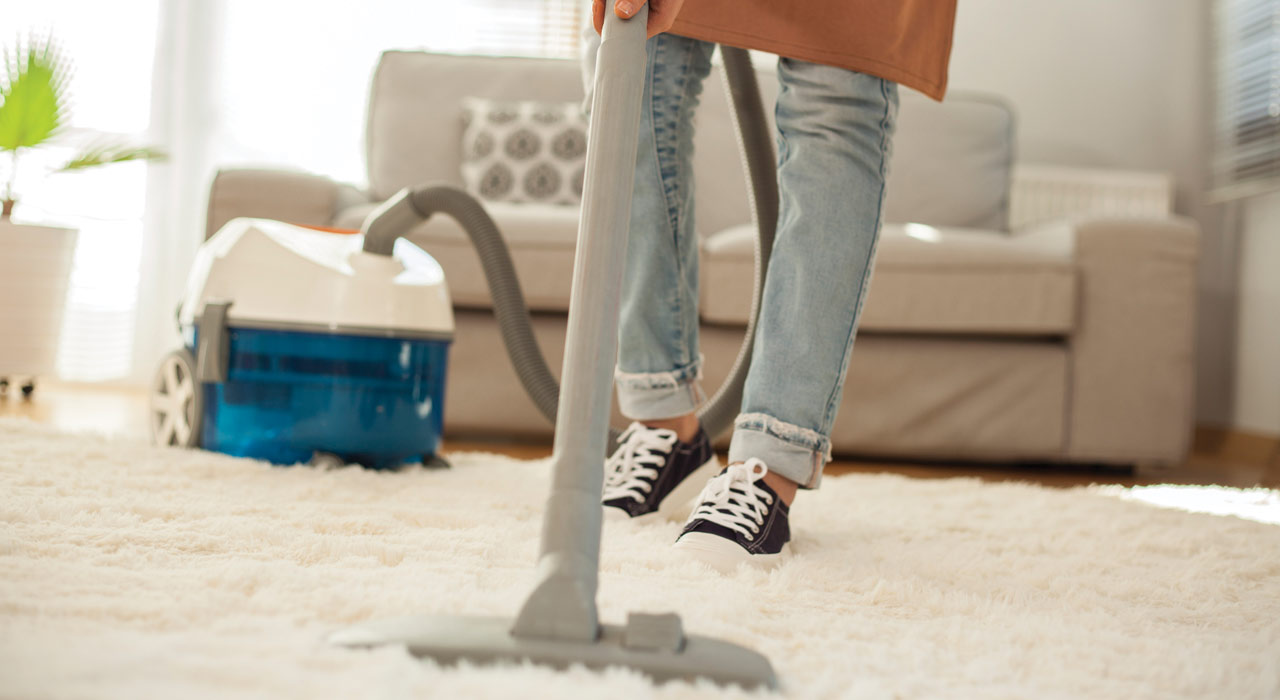Health
Is Your Home Harming Your Health?
Toxins in your mattress, mold in the air, poisonous compounds in your sofa – it’s enough to make you want to don a tin-foil hat and hole up in a radiation-proof bunker with a lifetime supply of coffee but, rather than risk a world without Netflix, learn about the risks and how you can prevent them.
Not only will you reduce your likelihood of disease, you’ll also sleep better, have more energy for your workouts, and even see improvements in your skin.
Home and dry
If your home is a nice toasty warm place, you might think you’re in the clear but you could be suffering with allergic symptoms to exactly those conditions without even knowing it.
Around one in five adults has an allergy, and it’s estimated that 55% of the population would test positive on an allergy test meaning that the symptoms may not be so noticeable as to get you to the doctor, but you might still be dealing with the effects, such as impaired breathing or inflammation, on a long-term basis. If, for example, you often wake up with a dry mouth, it could be that you have a mild allergy to dust mites (or specifically, their faeces – gross, right?) or other allergens in your bedding and mattress.
As you sleep and your nasal passages become inflamed, breathing becomes more difficult, so you might open your mouth to breathe instead. Not only does this make your throat and mouth dry, it also gives bacteria more of a chance to breed in between your teeth, leading to bad breath and tooth decay. If you’re not sleeping well, you wake up low on energy. So when you hit the gym, you can’t give it your best.
– READ MORE: How Does Our Health Suffer When We’re Sleep Deprived? –
The fix
Dust mites are everywhere but they can be prevented from proliferating – and you can also protect yourself from coming into contact with their, err, leftovers. They enjoy warmth but are killed at extreme temperatures – so on a hot day, putting bedding outside in the sun will help; if you can squeeze it into the freezer, that’ll also do the trick. Failing that, you can also blitz them in the tumble drier.
To protect yourself and limit their numbers, invest in tightly-woven dust-mite bedding – this prevents the tiny particles from moving from your mattress into the air you’re breathing.
Another effective alternative is to use biocides, made up of plant essential oils that help counteract harmful pathogens and bacteria could help. They’re particularly useful when it’s just not possible to improve airflow on a permanent basis and you don’t want to open windows.
“Good ventilation is important, but it is not always practical to throw open the windows when it’s noisy or cold outside, or the benefits of a breeze could be outweighed by assaults from other allergens such as pollen and traffic pollution,” says medical herbalist Dr. Chris Etheridge, spokesperson for Puressentiel. “Ventilation alone will not eliminate house-dust mites, fungal spores, bacteria and viruses which are all known to exacerbate asthma.”
“Eucalyptus is an antimicrobial that works against both viruses and bacteria, even resistant ones such as MRSA, as well as fungi, including candida,” says Dr. Gill Jenkins. “However, it also boosts our immune response by stimulating monocytes and macrophages, white blood cells.”
With a view to improving indoor air without the use of harmful chemicals, Puressentiel, a company that has tested the effects of essential oils on dust mites and germs, has come up with what it says is an ideal blend for combating the effects of indoor pollution.
The blend of 41 essential oils appears to be effective – preliminary results have shown that dust mites and bacteria are effectively killed using the spray, mold growth is prevented, and respiratory function improved.

Sleeping in your death bed
Some mattresses are heavily laden with chemicals that are released slowly over time – Volatile Organic Compounds. These VOCs such as formaldehyde, toluene and methylene chloride are found in sofas, carpets and mattresses because some safety-based substances such as chemicals intended to prevent fire, contain them. What’s so bad about that? High levels can trigger eye, nose and throat irritation, headaches, nausea and asthma symptoms. On a long-term basis, they can contribute to cancer and nervous system damage.
What you sleep on can also have a major impact on the health of your skin and hair. Think about your pillow – if it’s made of cotton or worse, a manmade fabric that produces static, your hair gets rubbed on it all night long. Swap that for silk, and your hair won’t get such a rough treatment as you sleep. It’s the same with your skin.
Research published in British Journal of Dermatology showed that patients with eczema who used a specially formulated type of silk fabric, DermaSilk, saw dramatic improvements in symptoms. It works because it decreases moisture-loss. So not only will it protect you against irritated skin, it’ll help keep your skin smooth and soft, too.
The fix
Aside from investing in a new certified VOC-free mattress, you can utilize a fairly low-priced way to improve the air in your bedroom with plants. While all plants will release oxygen into your air during sunlight hours, some special plants will also work like mini vacuum cleaners – sucking up toxins from the air so you don’t have to, such as aloe vera and spider plants.

Cooking up a toxic storm
Pollutants can affect you during the day too, though, especially in the kitchen or via your heating. The appliances in your home, such as the gas central heating, the fridge, the oven and, more recently, on-trend Aga wood-burning ovens, release gases including carbon monoxide and other pollutants into your air. Add to that the gases that some new furnishings can give off and you can see how important ventilation is.
The fix
Ventilation via a stove hood or window, for example, is essential for when you’re cooking, and if you do have a gas stove consider replacing it or get the burners checked once a year to make sure they’re working properly. If you notice a yellow hue to the flame it means you really need to get them checked as soon as possible.
– READ MORE: 7 Benefits Of Exercising Outdoors –
And exhale…
Over time, the air in your indoor space becomes lower in oxygen and higher in carbon dioxide. If you burn fuel such as wood, this effect is even more pronounced.
The fix
Thankfully this is relatively easy to fix. The ventilation heat recovery method uses warmth in the air that goes outside to warm up the fresh air that’s brought in from outside, thereby reducing heat loss while making sure there’s good air circulation. And it really makes a difference.
One study, the IVAIRE project, from Institut National de Santé Publique du Québec, Canada, found that using these techniques to improve ventilation reduced levels of formaldehyde, airborne mold spores, tolulene, styrene and limonene, all harmful substances. And, of course, with better ventilation, you’ll feel more alert, too.
Fixing up your home to make it healthy will lead to big boosts in energy as well as upping lung and heart function. Home is where the heart is and it’s true, we spend years in our homes – so stop kicking water uphill when it comes to cleaning and make the changes that will not only last a lifetime, but give you more longevity, too.
For more health and fitness advice, sign up for the TRAIN for HER weekly newsletter.






















